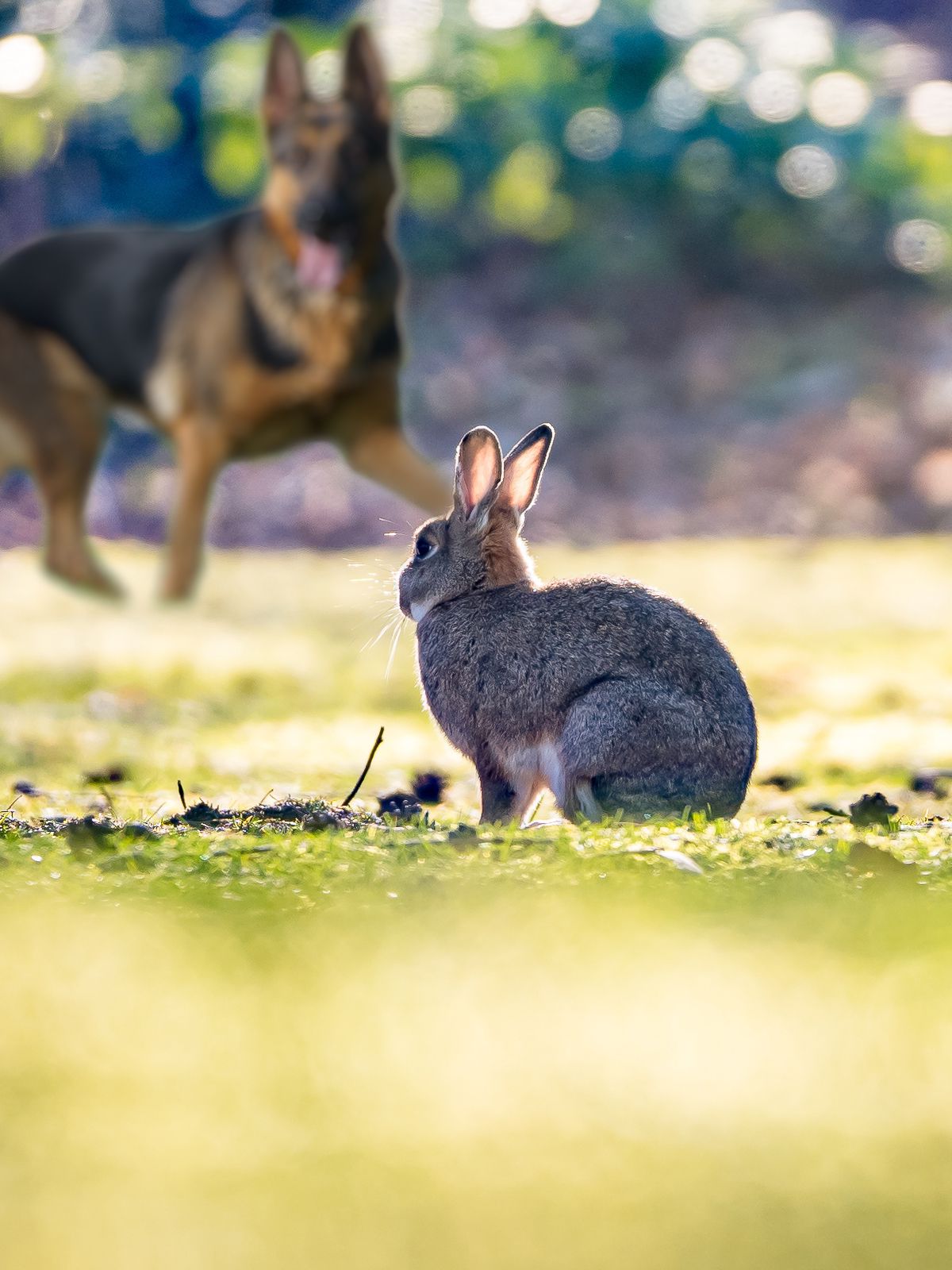
High prey drive in dogs
High prey drive in dogs refers to a natural instinct or drive to chase small animals or objects. This behaviour is deeply rooted in the genetic makeup of certain breeds, often those selectively bred for hunting purposes. Understanding this characteristic is important for dog owners as it can significantly impact a dog's behaviour and interactions with its environment.
The origins of high prey drive can be traced back to the ancestral roles of dogs as hunters and working companions. Breeds such as terriers, hounds, herding dogs, and some sporting breeds were selectively bred for their hunting and herding abilities. These dogs possess a strong desire to chase moving objects, whether it is a squirrel, a car, a cat or a ball.
It is important to recognize and understand the signs that a dog has a high prey drive. Dogs with this desire often display intense focus, alertness, and excitement when they detect movement that trigger their hunting instincts. They might show behaviours such as stalking, fixation on small animals, intense interest in fast-moving objects, or repeated attempts to chase anything that moves quickly.
Owners of dogs with high prey drive must manage and channel this behaviour appropriately. Not doing so can lead to significant challenges, including potential safety risks for smaller pets and animals in the home, or other outside areas. Difficulty with recall or obedience training when distractions are present, can result in accidental injury or escape due to the dog's need to chase.
Training plays an important role in managing a dog's prey drive. While it is challenging to eliminate this instinct completely, training can help control and redirect the behaviour. Consistent training can help establish boundaries and teach the dog appropriate behaviours in different situations.
Physical exercise is another important aspect of managing high prey drive in dogs. Providing ample opportunities for structured, high-energy activities such as fetch, agility training, the use of a flirt pole or even scent work can help satisfy the dog's need for stimulation and prevent the build-up of excess energy that might lead to impulsive chasing behaviours.
Controlling the dog's environment is important. Using training leads, or secure enclosures can prevent situations where the dog might be tempted to chase or potentially harm other animals. Supervision is important, especially in areas where wildlife or family pets are present, as a dog with a strong prey drive might act on instinct without warning.
Understanding and respecting a dog's natural instincts is essential for responsible ownership.
If your own dog is showing problematic behaviour with prey drive, particularly if it is directed towards a family pet, Back to Balance Canine Behaviourist can help. Please get in touch via the contact form on the website.
Azz Rainey has worked with a large number of dog behavioural issues over the years, including, separation anxiety, destructive behaviour, aggression, reactivity, high prey drive, extreme fear and resource guarding.
Working in Oxfordshire, Gloucester, Swindon and Evesham as well as the surrounding areas to provide one to one sessions with dog owners in their own home
- Hits: 681